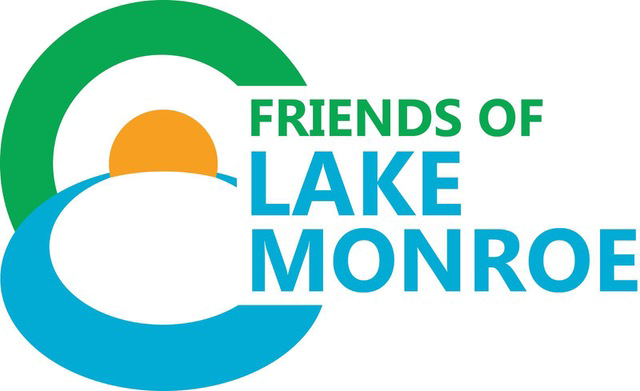Q5 Update – State of the Watershed Plan
We are now officially halfway through the development of a Watershed Management Plan for Lake Monroe and just getting into the heart of the project. We have compiled data from previous studies, collected observations in the field, gathered stakeholder concerns, and are beginning to see the results from our water quality sampling initiatives. In 2021 our focus will turn to analyzing data, calculating pollutant loads, setting targets, and developing an action plan for improving water quality.
So what have we learned so far? In many ways, we have a very healthy watershed. Over 82% of the watershed is forested and over 42% is publicly owned land, controlled by either the federal or state government. Very little of the watershed is developed and there are no industrial concerns. On the flip side, there are very few sewer systems in the watershed which means that in 97% of the watershed, homes are dependent on septic systems. Based on census data, there are approximately 9,000 septic systems in the watershed.
Every two years the Indiana Department of Environmental Management (IDEM) develops and publishes a list of impaired streams in the state. Based on that data, our watershed has four impaired water bodies – Lake Monroe (taste & odor and algal blooms), Crooked Creek (E. coli), Little Salt Creek (E. coli), and the downstream segment of South Fork Salt Creek (dissolved oxygen and biological integrity).
From our windshield survey, we determined that many streams in the watershed are experiencing stream bank erosion. This is not especially surprising since we know the land is highly erodible but it helps us get a better idea of where the worst areas are concentrated. Likewise, we have documented which stream segments are most lacking in riparian buffer. One of the best ways to protect a stream bank is to encourage the growth of vegetation, especially trees and shrubs. Trees and shrubs capture rainwater before it hits the ground, slow the movement of water and sediment flowing over land, and stabilize the soil with their deep roots. Trees provide the additional benefit of shade, keeping water temperatures cool which increases dissolved oxygen levels.
New Stream Gauge on South Fork Salt Creek in Kurtz, IN
What’s the next step? We will use our sampling data plus flow data from nearby stream gages to calculate the volume of sediment, nutrients, and E. coli entering the lake. Did you know that Friends of Lake Monroe (FLM) worked with the Water Fund organizers to install a new stream gage on South Fork Salt Creek? The Conservation Law Center, City of Bloomington Utilities, Monroe County, Hoosier National Forest, the Nature Conservancy, and USGS all collaborated to add USGS stream gage #03371600 on January 9, 2020. The gage was installed far enough upstream from Lake Monroe to avoid becoming stagnant when the reservoir floods. You can find the gage in the small town of Kurtz, just north of State Road 58 on Cleveland Street (aka Pike Road). There is also a stream gage on North Fork Salt Creek (#03371650) on the State Road 46 bridge just west of Nashville that is visible from Salt Creek Trail.Once we know the volume of pollutants entering Lake Monroe, we can calculate the needed changes to reduce those levels down to our water quality targets. We will identify projects to reduce pollutant loads and also identify critical areas. This could mean specific geographic areas that contribute high levels of pollution but it could also mean specific land use practices that are major contributors, such as farms that allow their livestock direct access to streams. Then we will develop an action plan of prioritized projects to improve water quality.A year from now our watershed management plan will be complete and the real work will begin – implementation!



